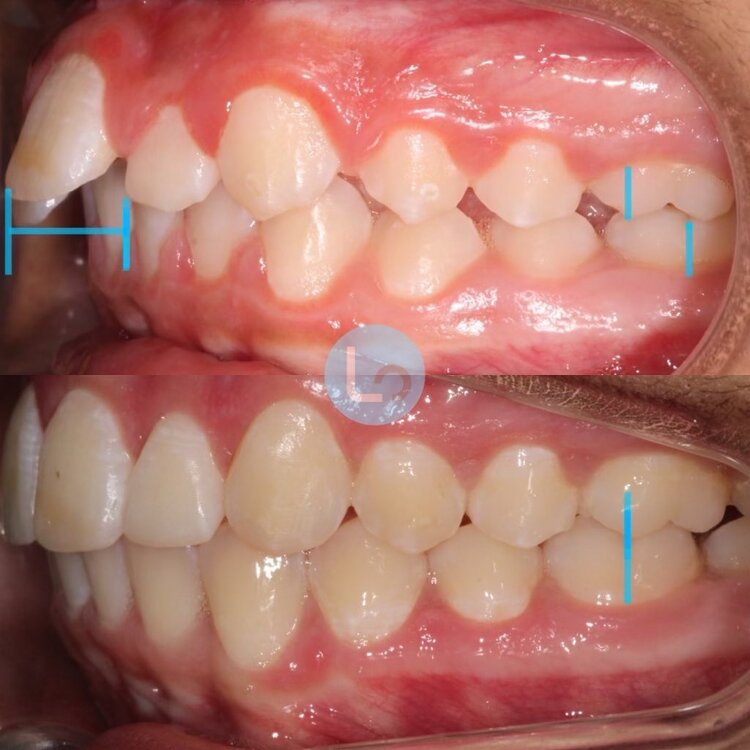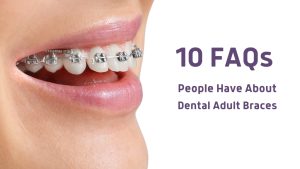Top Guidelines Of Legacy Orthodontics
Top Guidelines Of Legacy Orthodontics
Blog Article
How Legacy Orthodontics can Save You Time, Stress, and Money.
Table of ContentsLegacy Orthodontics for Dummies8 Easy Facts About Legacy Orthodontics ShownThe Buzz on Legacy OrthodonticsLegacy Orthodontics - An OverviewIndicators on Legacy Orthodontics You Need To Know
At Advanced Orthodontics, we offer individuals with a all natural therapy experience. In addition, we provide adjustable treatment schedules, versatile repayment choices and a fun, satisfying experience. leesburg orthodontics. Call ( 480) 357-4900 today for additional information and schedule a visit.An orthodontist is a dental expert trained to identify, stop, and treat teeth and jaw abnormalities. Orthodontists work with people of all ages, from children to adults.
Malocclusion, or misaligned teeth, can bring about oral problems, consisting of dental caries, periodontal disease, and challenging or excruciating chewing. Yet not everyone is birthed with straight teeth. If you have a negative bite or large areas between your teeth, you might intend to speak with a dentist concentrating on orthodontic treatment.
The Best Strategy To Use For Legacy Orthodontics
( Image Credit Rating: DigitalVision/Getty Images) Orthodontists utilize fixed and removable dental tools, like dental braces, retainers, and bands, to alter the placement of teeth in your mouth. Orthodontic treatment is for oral irregularities, consisting of: Crooked teethBite issues, like an overbite or an underbiteCrowded teeth or teeth that are as well far apartJaw misalignmentThe objective of orthodontic treatment is to improve your bite.
A healthy bite guarantees you can consume, chew, and talk correctly. While you might think about orthodontists as mainly for children or teens who need braces, they can deal with dental issues at any type of age. Orthodontists participate in university, oral college, and orthodontic school. After graduation, they invest 2 or 3 years in an orthodontic residency program.
All orthodontists are dental practitioners, yet not all dental practitioners are orthodontists. Orthodontic residency programs offer intensive, concentrated instruction for oral professionals. They concentrate on 2 areas: Just how to appropriately and securely move teeth How to correctly direct development in the teeth, jaw, and faceOnce an orthodontist has completed training, they have the choice to end up being board licensed.
The Legacy Orthodontics PDFs
Misalignment, or malocclusion, is the most usual reason people see an orthodontist. It is hereditary and is the result of size distinctions between the upper and lower jaw or between the jaw and teeth. Malocclusion leads to tooth congestion, an askew jaw, or uneven bite patterns. Malocclusion is usually treated with: Your orthodontist affixes metal, ceramic, or plastic square bonds to your teeth.
Some individuals require a headwear to aid move teeth into line with stress from outside the mouth. A retainer is a custom gadget that keeps your teeth in location.
They can develop extra area in the mouth without having to pull teeth. Orthodontists use cables, surgical screws, or plates to sustain your jaw bone.
You might need to see an orthodontist if you have: Crowding or not adequate area for every one of your teethOverbite, when your upper teeth come by your base teethUnderbite, when your base teeth are also far forwardSpacing or issues with gapsCrossbite, which is when your top teeth fit behind your base teeth when your mouth is closedOpen bite or an upright space in between your front base and top teethMisplaced midline, when the facility of your base and top teeth do not line up Dealing with a dental malocclusion can: Make biting, eating, and talking easierImprove the proportion of our face and your total appearanceEase pain from temporomandibular joint problemsDifferent your teeth and make them less complicated to clean up, aiding avoid tooth decay or dental caries It's often a dentist who first notifications misaligned teeth throughout a regular examination.
Legacy Orthodontics - The Facts

Throughout your first orthodontic assessment, you'll likely have: A dental examPhotos taken of your face and smileDental X-raysPanoramic (360 level) X-rays of your face and headImpressions to create molds of your teethThese tests will aid your orthodontist recognize just how to proceed with your treatment. orthodontics. An orthodontist is a dental professional who's had training to treat your teeth and jaw
Orthodontists might do surgical treatment, exams,X-rays,and more to help you obtain a more comfortable, healthier smile. An orthodontist is concentrated on your bite, so something like a chipped tooth would be dealt with by a dental professional. Orthodontists are dental experts but not all dental professionals are orthodontists. Orthodontists are concentrated on your bite, or the way your teeth meshed, and the straightness of your teeth.
Ever questioned just how stars blog here constantly seem to have completely straightened teeth? The response frequently exists in the experienced hands of an orthodontist. However exactly what does an orthodontist do? Orthodontists are dental specialists who concentrate on correcting abnormalities in the teeth and jaws. Their experience surpasses simply producing an attractive smile; it includes boosting your general oral health and wellness and feature.
Legacy Orthodontics - Truths

, orthodontists have a varied toolkit at their disposal. These reliable braces utilize a system of brackets bound to the teeth and attached by cables.
These removable trays are tailor-made to progressively shift the teeth's setting. In cases of slim jaws, palatal expanders can be used to develop room for correct tooth positioning.
Report this page